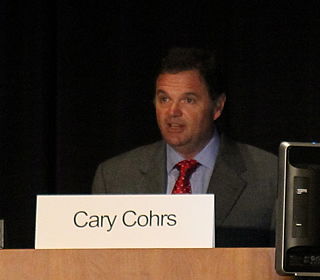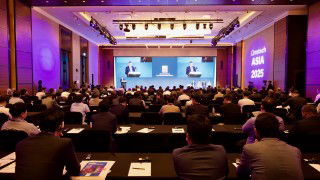Today saw a further series of presentations at the 2013 IEEE/PCA 55th Cement Industry Technical Conference at the Walt Disney World Dolphin Resort in Orlando, Florida, USA. PCA President Cary Cohrs outlined the recent changes in the cement industry and the PCA as well as highlighting the importance of concrete in delivering sustainable construction.

PCA President Cary Cohrs:
While Mr Cohrs acknowledged the recent difficult times, he also stressed that better times were ahead: “As we all know, beginning in 2007, the industry faced huge challenges as the cement market plunged, which brought changes in how we do business. Much like our industry, the PCA has gone through difficult times and changes over the past five years. However, we – the association and the industry – are looking forward with optimism. What is creating this optimism and how we move forward, borrowing a slide from Ed Sullivan, PCA’s Chief Economist, we recognise demand for cement will accelerate for the years ahead.”
He also raised the importance of the higher oil prices in pushing up cement consumption. As oil prices rise, asphalt becomes more expensive, delivering asignificant cost-competitive benefit to concrete. The increase in oil prices also encourages the construction of new energy sources in which concrete plays a key role. Moreover, an acceleration in trends towards energy-efficient construction materials such as concrete and the promotion of sustainable construction sector are also noted.
This brought Mr Cohrs to the dual role of MIT Concrete Sustainability Hub: to validate the lower carbon footprint of concrete as well as innovate to reduce the environmental impact of cement and concrete even further.
He rounded off this presentation by highlighting the importance of the PCA Education Foundation, which supports universities in developing concrete science and educating students about the value of concrete construction through the annual disbursement of three US$20,000 research grants. He also widened the brief of advocating concrete as a durable and sustainable building material to the audience.
